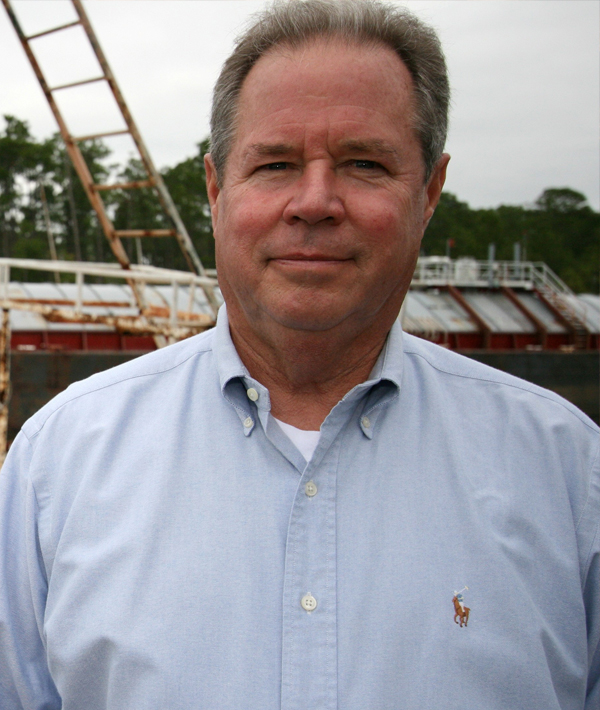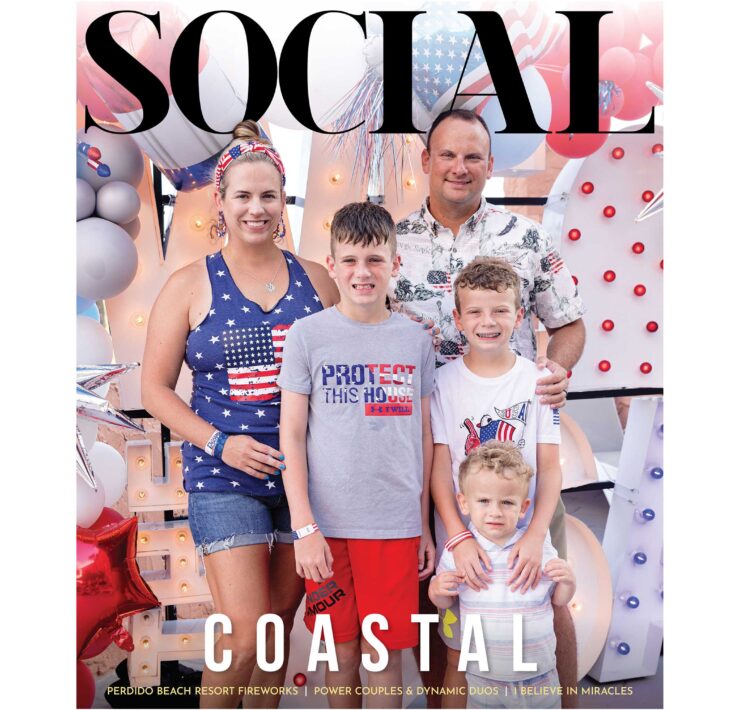PYSK | David Walter

The Reef Maker
-Liesel Schmidt
An artificial reef is exactly what it sounds like: a manmade structure that mimics some of the characteristics of a natural reef—chief among which are providing food and serving as a habitat for a variety of sea creatures that would otherwise lack these necessities.
As common as the concept has become, most of us would never consider it to be a business opportunity, but for David Walter, the need for artificial reefs was divine inspiration for not only a livelihood, but a legacy. “At the time, I owned a shipyard in Fairhope,” says Walter, who started Walter Marine as a boat repair business in 1968. “I purchased an old oil field vessel for $2500 because it was too good at that price to pass up. Then in 1986, some of my charter boat customers asked if I would convert the boat to build artificial reefs.”
A little context on the matter: In 1986, the population of red snapper in the Gulf of Mexico was so low that almost none was being caught. The reasons for this were two-fold. “The northern Gulf of Mexico has a flat sandy bottom, with no rocks or coral reefs,” Walter explains. “Red snapper live on structure, and we had none. Also, there were no navigation devices available to locate reefs outside the site of land, which meant that fishermen couldn’t find the available populations of red snapper.”
Consequently, the king mackerel that lived on the surface were a much easier catch, which led to overfishing and the need for a limit to be placed in 1986. “At the same time, technology became available for fishermen to locate reefs. Then, Vernon Mitten of the Alabama Conservation Department and John Winn of the U.S Army Corps of Engineers partnered together to create the largest artificial reef zone in the world offshore of Alabama.




